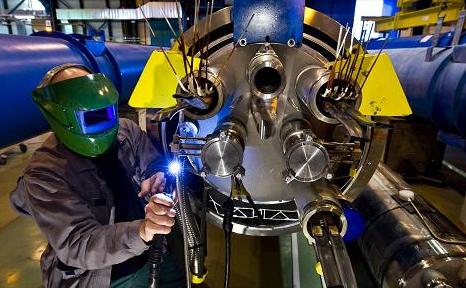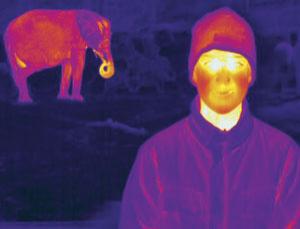
© Johannes Simon / WestEnd61 / RexPiazza San Pietro and St Peter's Basilica Rome, Italy
In December, with great fanfare, the Vatican released
Dignitas Personae, its latest report on bioethics. Sad to say, the document demonstrates once more that a morality rooted in outdated, pre-scientific understanding is not appropriate to modern realities.
I refer not to the hot-button issues of abortion or stem cell research but to the Catholic church's continued opposition to a decidedly pro-life medical intervention: in vitro fertilisation. The moral basis of the Vatican's opposition seems to be twofold: that only conception achieved through the sexual union of a man and a woman is sacred, and that the fertilised cell that results from such a union has a soul and therefore the dignity of a person.
Even before IVF was attempted, the Catholic church opposed it with the suggestion, as I understand it, that a baby conceived by this method would not have a soul. This objection was dropped after the first IVF babies were born and found to be like all other babies, growing up to be normal human beings indistinguishable from their non-IVF counterparts.
But while empirical evidence is the basis of science, faith has different foundations. The pope remains opposed to IVF on the grounds that sexual union is sacred, and therefore only conception achieved through sexual union accords sufficient dignity to the end product. I have to wonder, though, whose dignity is enhanced by withholding medically viable methods that have allowed infertile couples, now numbering in the millions, to conceive and give birth to children they will love.








Comment: This brings a disturbing example of the development surrounding Obama's popularity: books written by Obama, posters/t-shirts of him, his appearance in Spider-Man comic books, and school and streets named after him. And now, he's in a video game, throwing fireballs?